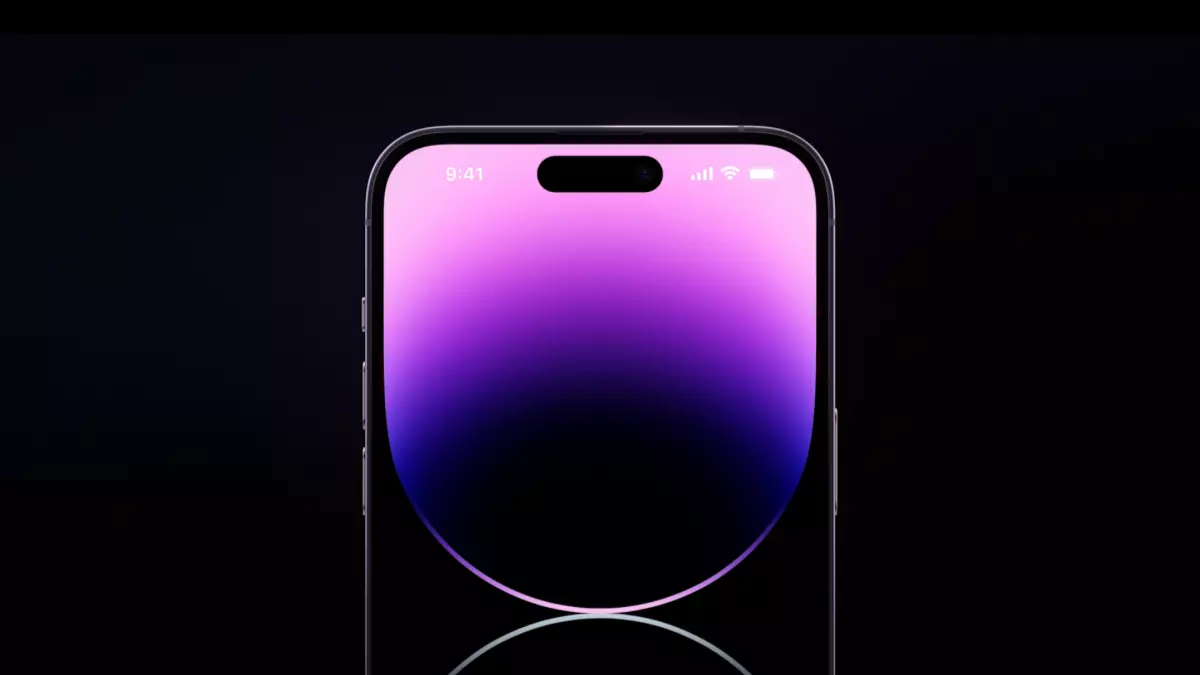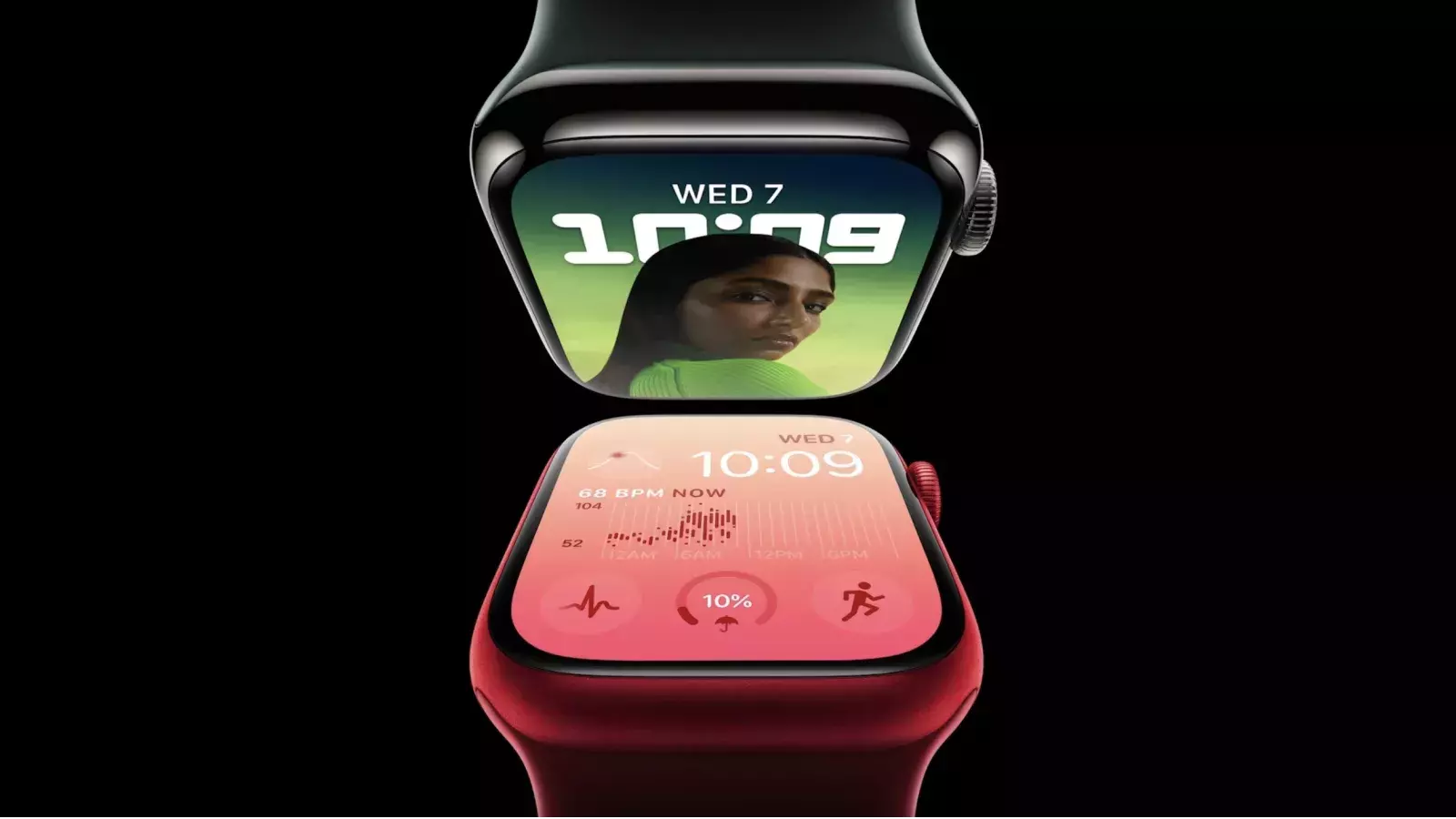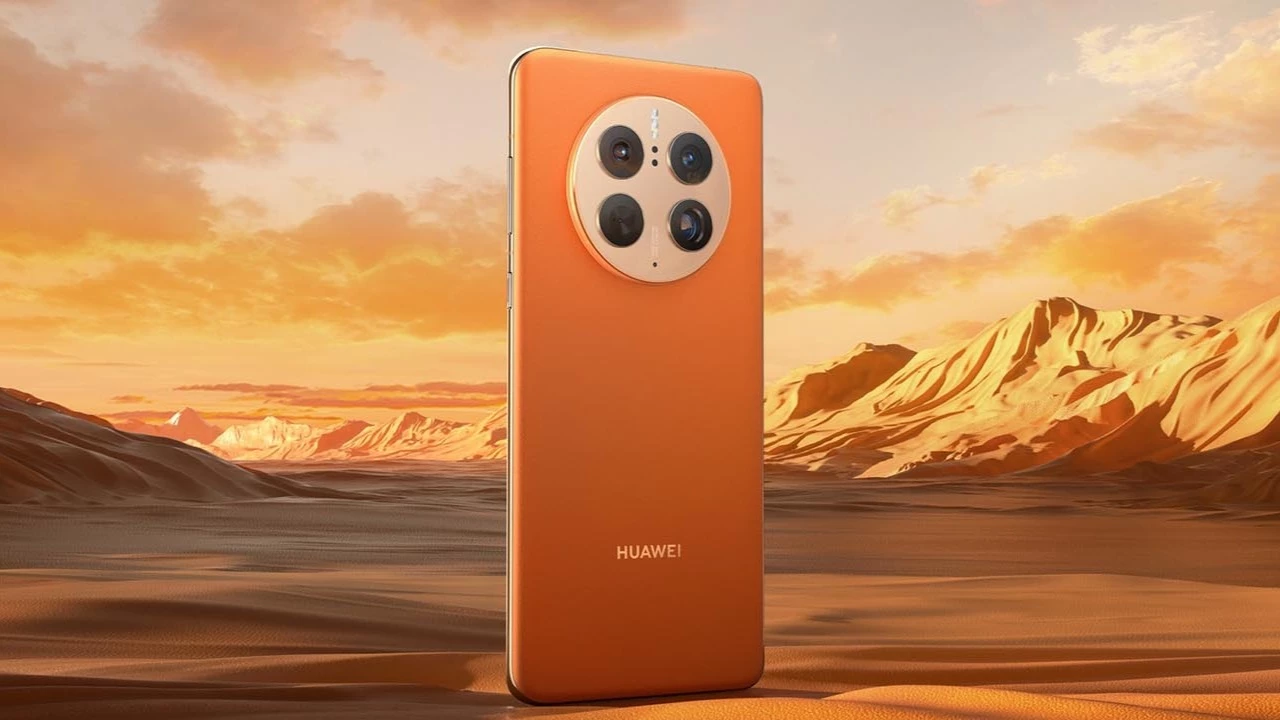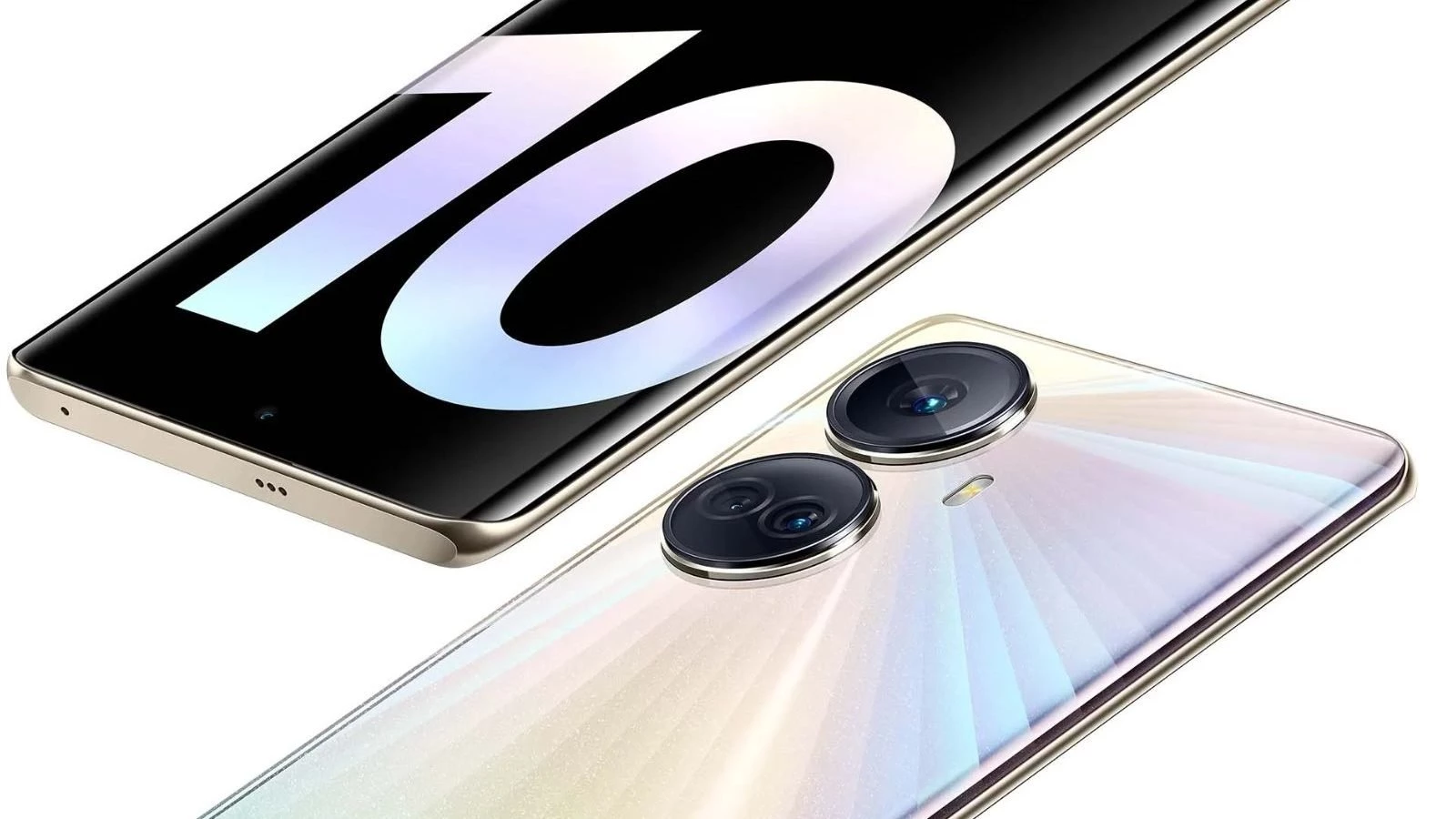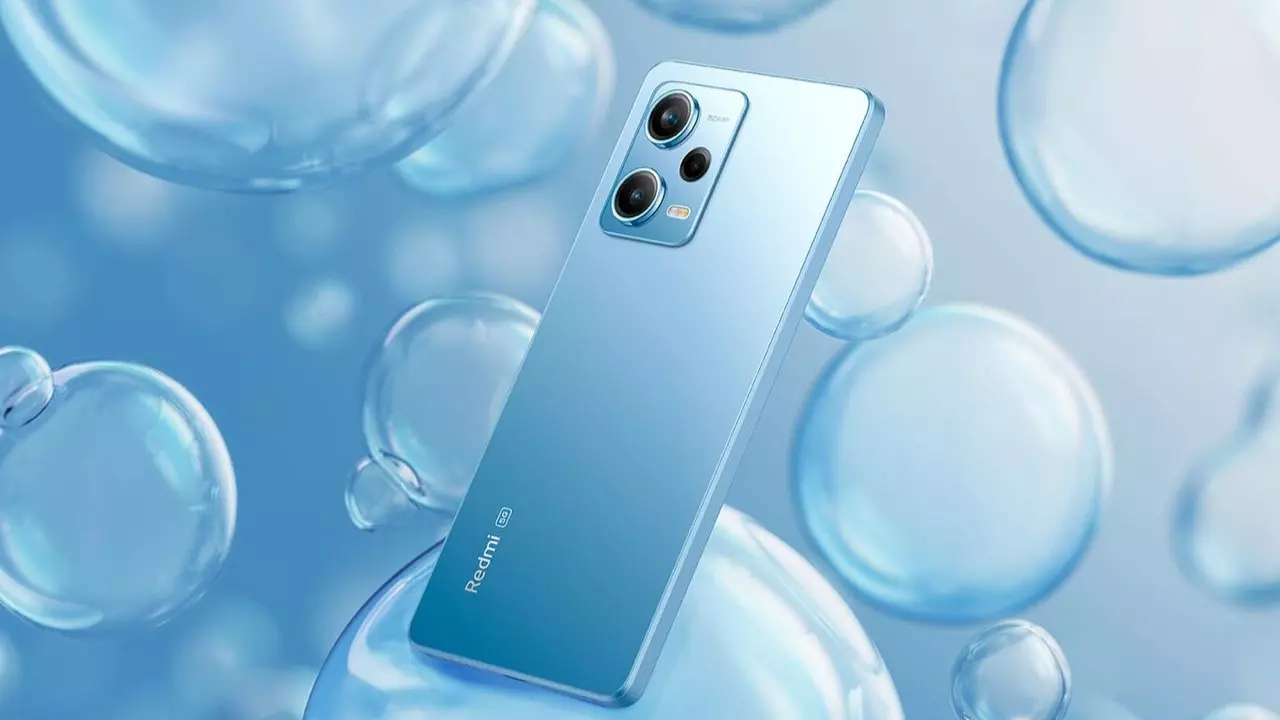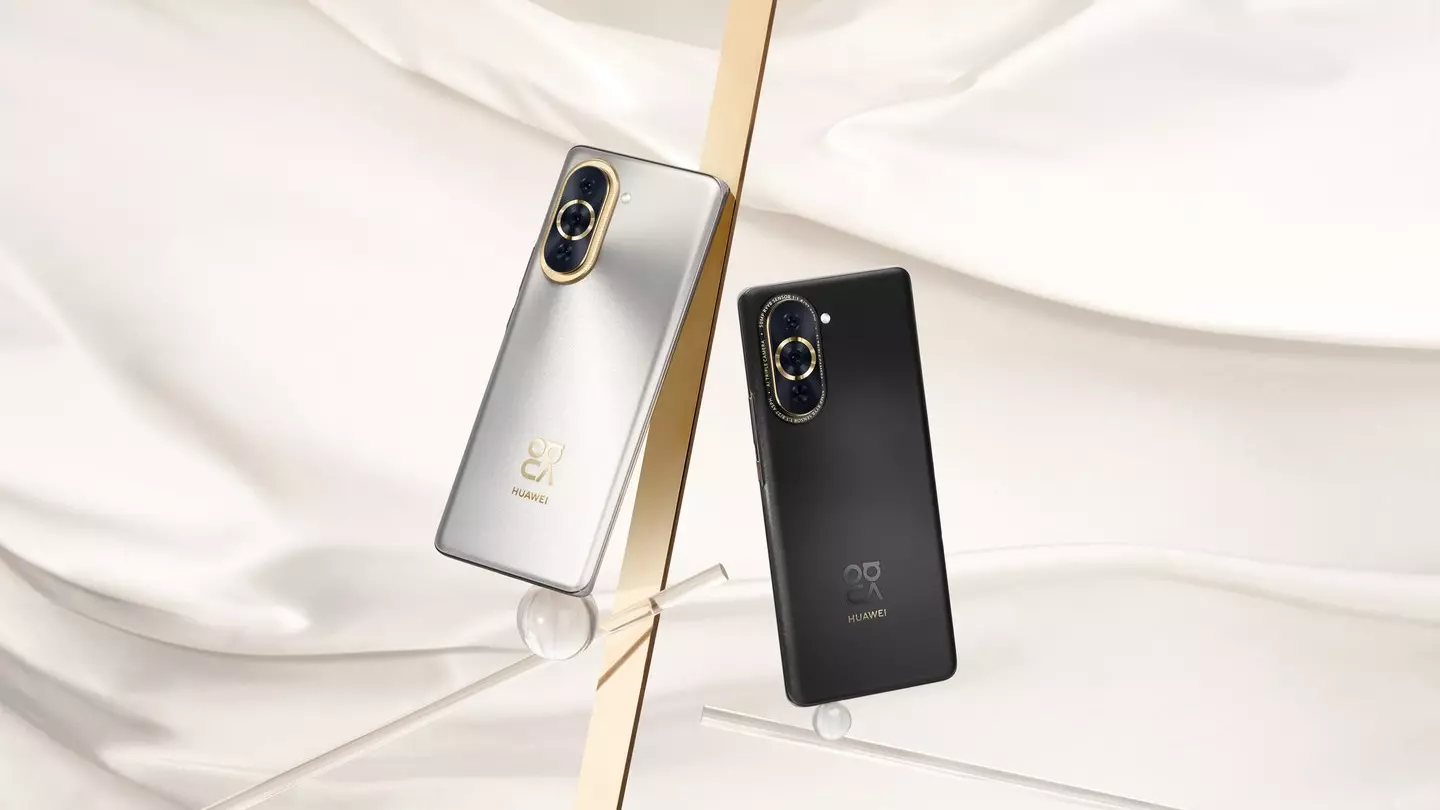iPhone 14 Pro Max VS iPhone 13 Pro Max
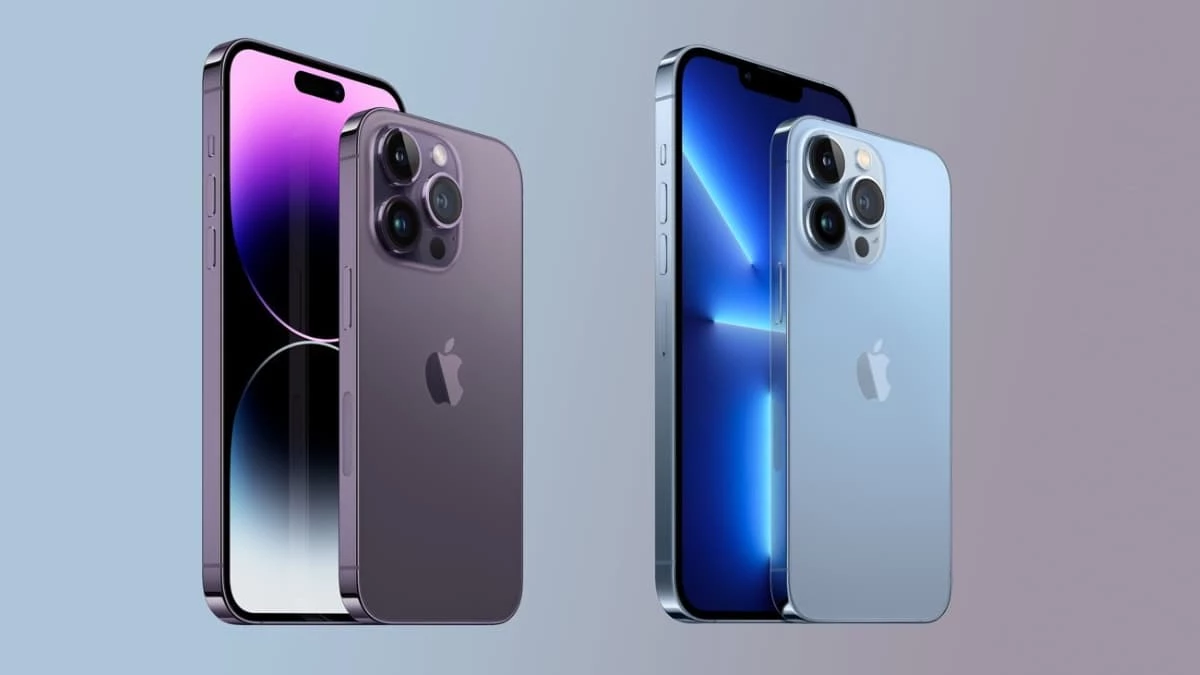
Content
In early September, Apple introduced four smartphones: two familiar models (iPhone 14/14 Plus) and two more with the Pro prefix in their names. The emphasis was on the latter – the main innovations are concentrated in them. I spent a day with the iPhone 14 Pro and share my impressions: what I liked, what I didn’t like, owners of which devices can think about switching to a new generation.
Design
The test device is an iPhone 14 Pro in Space Black with 256 GB of storage. In short, it is extremely difficult to distinguish the device from last year's iPhone 13 Pro on the go. The devices are made not just in a single design code, but almost completely repeat each other. The only difference is an even more convex and larger block of the main camera. Because of this, covers from last year's device do not fit the new product, you will have to buy new ones.
 Changes:
Changes:
- Quality. Of the changes that become noticeable in direct comparison – slightly narrower bezels around the edges of the screen on the 14 Pro. And the device has become 0.2 mm thicker and 2 grams heavier (innovations, to put it mildly, insignificant). In addition, the speaker has moved a little higher and is now fully aligned with the top edge. Subjectively, this did not particularly affect the sound quality (that during a conversation, what in terms of multimedia – the upper speaker complements the lower one in the stereo pair).
- Lightning. Otherwise, everything is standard: on the left side there is a slot for one physical nano-SIM card (our smartphone is European) and a switch to mute mode, on the bottom is Lightning, on the right is the power key. The asset also has protection against water and dust according to the IP68 standard (immersion in fresh water for a period of half an hour to a depth of 6 meters is possible). But if the smartphone fails due to moisture, it will not be replaced under warranty. Built-in eSIM cards have not been abandoned either – we have not yet been able to try out the number porting feature from the old phone, but with the new QR- code should work. 5G modem in place.
- Ergonomics. In general: outwardly and ergonomically, the iPhone 14 Pro is a complete copy of both last year’s and the year before last’s model. Subjectively, it's not that bad. In any case, no one complained much about the design of the “iPhone” for the past few years. Of the more or less visible changes – the increased block of the main camera. Do you want to stand out from the crowd? Choose a smartphone in Deep Purple (dark purple) – it is exclusive to the 14 Pro line. Our Space Black is also good, but it doesn't feel so new.
- USB 2.0. Disliked: Lightning connector, in my opinion, morally outdated. It was first introduced ten years ago, along with the iPhone 5, and since then, it has hardly been updated. That is, it is based on USB 2.0 – the data transfer rate is several times lower compared to the new standards. And when you consider the presence of Pro RAW and ProRes modes in the camera, the problem becomes more obvious. Besides, did not improve the speed of recharging, both by wire and wirelessly. It is still limited to 26.5 and 15 watts, respectively (in extreme cases, only in the proprietary MagSafe).
Beautiful Screen
The display (called Super Retina XDR by Apple) is an element that which the iPhone 14 Pro is sure to be proud of. The 6.1-inch OLED panel is perfectly calibrated: the default color reproduction is not “pull out the eye” (unlike top-end smartphones from Samsung), clarity is sufficient (resolution – 2556 × 1179 pixels, density – 460 ppi). Has HDR support and various formats: HDR10 and Dolby Vision. All features like True Tone (automatic adjustment of the white point depending on the lighting) are in place.  Display:
Display:
- HDR. Of the innovations – a noticeably increased brightness. In automatic mode, it reaches 1000 nits, when playing HDR content – 1600 nits, outside the home (when direct rays hit the display) – 2000 nits. There are no brighter panels in smartphones today. In this aspect, the iPhone 14 Pro (respectively, Pro Max) is the champion.
- Brightness. True, in reality, the difference with the same iPhone 13 Pro / Pro Max (brightness – up to 1200 nits) is not so noticeable, at least during normal use. Maybe in the summer on the beach when those same 2000 nits are involved, it will be more significant. But under standard conditions (at home, in the office – in general, indoors), visibility is about the same.
Always On Display
Always On Display (AOD) mode is one of the main features of the smartphone, which is not available on other smartphone models of the company. But, subjectively, AOD is slightly overrated. Firstly, the manufacturer does not allow you to modify it – the mode is either activated or not. Secondly, the brightness setting on the locked display is only automatic. As a rule, the device copes well, but misfires happen; at night, when the lights are off, the screen can “hit” the eyes out of habit.  Positives: The animations when switching from a locked screen to an active state are beautiful and well-thought-out. Furthermore, they work with almost all stock wallpapers. Occasionally, when you turn on AOD, the image just “shadows”, and occasionally, it changes shape. Looks nice. In addition, even a music player can be displayed on the lock screen. But once again: to call the implementation of AOD unique, for which it is worth choosing the iPhone 14 Pro (or Pro Max), I will not risk it.
Positives: The animations when switching from a locked screen to an active state are beautiful and well-thought-out. Furthermore, they work with almost all stock wallpapers. Occasionally, when you turn on AOD, the image just “shadows”, and occasionally, it changes shape. Looks nice. In addition, even a music player can be displayed on the lock screen. But once again: to call the implementation of AOD unique, for which it is worth choosing the iPhone 14 Pro (or Pro Max), I will not risk it.
In general, the introduction of a constantly active screen was made possible thanks to the LTPO matrix. Due to it, the display can update from 1 to 120 Hz (in the iPhone 13 Pro, the frequency varied from 10 to 120 Hz). According to the manufacturer, at a frequency of exactly 1 Hz, the power consumption of the device becomes so insignificant that the overall running time is not affected. It is still difficult to verify this, but overnight (from 23:00 to 09:00) the charge of the iPhone 14 Pro with AOD turned on decreased from 100 to 94%.
Dynamic Island
Another important innovation that has changed the face of Apple's top smartphones for the first time in five years. The “mono eyebrow” in Pro-devices was abandoned in favor of the so-called dynamic island, which programmatically changes depending on what is happening on the display.  Actually, there are two holes (this is clearly visible if you put the “island” under direct light, as in the photo above). The first contains sensors for the Face ID facial recognition system, the second one has a front camera (12 megapixels). But it is worth recognizing that in most cases the “island” is perceived as a single whole: the pixels between the sensors are turned off, a single black space is obtained. True, in this situation, it is more likely to use a dark OS theme – than the effect of “immersion” is felt better. The photos below show examples of how the “island” changes depending on the running applications: If the program alone occupies the entire space, if two, another circle appears to the right.
Actually, there are two holes (this is clearly visible if you put the “island” under direct light, as in the photo above). The first contains sensors for the Face ID facial recognition system, the second one has a front camera (12 megapixels). But it is worth recognizing that in most cases the “island” is perceived as a single whole: the pixels between the sensors are turned off, a single black space is obtained. True, in this situation, it is more likely to use a dark OS theme – than the effect of “immersion” is felt better. The photos below show examples of how the “island” changes depending on the running applications: If the program alone occupies the entire space, if two, another circle appears to the right.
With a single tap, the application will open in full screen, with a long tap, a small widget is displayed at the top (although reaching for it is not always convenient). The main conclusion is this: the “island” is already working at least as well as the “bangs” today. It is true, for the most part, its capabilities are used only in “native” Apple applications, since third-party developers have not yet had time to update their software. But it's probably a matter of time. To what extent is the “island” necessary in principle? The question is moot. But in conditions when hiding all the sensors needed for Face ID under the display so that they are not visible at all, it is hardly possible, the “island” is perceived as an acceptable solution. In any case, after five years, he looks fresh.
Performance
In the case of Apple, I don't really want to talk about the power of smartphones. However, not because the chips are not efficient enough, but because the global difference in performance is difficult to feel even for owners of devices from the company two or three years ago: smartphones, as a rule, operate smoothly and quickly.
 CPU:
CPU:
- 6 GB. In the current generation of flagships with the advent of the A16 Bionic chip (4- nanometer process) the principle has not changed: the novelty shows outstanding results both in benchmarks (6 GB of RAM) and in everyday processes – from AAA games to automatic photo processing in “night” mode.
- iOS 16. But there is no significant increase in the speed of the interface compared to the iPhone 13 Pro (or even the iPhone 12 Pro), especially if you update all devices to iOS 16. But A16 Bionic has a built-in coprocessor responsible for the operation of the dynamic island. In addition, hardware allows you to count on OS updates for another three to five years.
- Autonomy. It was not possible to fully evaluate the autonomy of the device for a day of testing. The company has traditionally not disclosed the battery capacity of the iPhone 14 Pro, but enthusiasts assure that it is, 3200 mAh (3.4% more than the iPhone 13 Pro). It should be enough for a working day in medium activity mode.
New Camera
In the iPhone 14 Pro/Pro Max, Apple decided to make another important change: now the resolution of the main photo of the smartphone module is 48 megapixels (f/1.78). Before this, the company had been using more familiar 12-megapixel photo sensors for years.
 Differences:
Differences:
- However, by default, 14 Pro takes pictures at a reduced resolution (up to 12 MP), “gluing” information from four neighboring pixels into one, but increased in size. This approach is not new, it is widely used in Android smartphones. The resolution of the additional ultra-wide-angle and telephoto sensor (3x optical zoom) remains the same (12 MP). True, a 2x digital zoom appeared in the asset. In fact, this is an approximation from a 48-megapixel module.
- You have to look for the difference almost with a magnifying glass: photographs are often extremely similar. In my opinion, photos of people on the new product are a little better (in any case, more detailed – probably thanks to the updated photo sensor). But “ancestral” the problem with too strong lens flare (especially in the evening) has not disappeared.
- And one more thing: the smartphone allows you to record super-smooth videos through crop with a resolution of 4K to 2.8K (a special virtual key was provided for this). But it is better to use this mode only in almost perfect lighting. In the evening, when there is little light, the rollers are excessively “noisy”. Even the device itself signals this.
iPhone 13 Pro Max VS iPhone 14 Pro Max
| Name | iPhone 14 Pro Max | iPhone 13 Pro Max |
| Display | OLED; 6.7; 1284×2778px | OLED; 6.7; 1284×2778px |
| Refresh rate | 1-120Hz | 1-120Hz |
| CPU | Apple A16 Bionic | Apple A15 Bionic |
| Memory | — | — |
| Battery | 4323mAh | 4352mAh |
| Charging speed | 20W+7.5W | 20W+7.5W |
| Cameras | 48+12+12Mp | 12+12+12Mp |
| Price | $1150 | $1000 |
Summary
The iPhone 14 Pro can hardly be called an unsuccessful smartphone. Against, the model has retained all the advantages of last year's iteration, finally bringing something new: a dynamic island in the display and a main camera with a resolution of 48 megapixels. And if there was no significant jump in the quality of the photo in comparison with the phone of the previous generation. Then the “island” is really perceived as something unusual, although optional – at least until third-party software developers disclose its capabilities. But one can almost certainly say: Dynamic Island is with us for at least a few more years.  Otherwise, there are not so many changes. And most of them are unlikely to be considered innovative by ordinary users. The autonomy remained the same (a day without connecting to a power outlet).
Otherwise, there are not so many changes. And most of them are unlikely to be considered innovative by ordinary users. The autonomy remained the same (a day without connecting to a power outlet).  At the same time, from the already obsolete Lightning connector in favor of the modern USB Type -C (or even Thunderbolt) has not been abandoned. The rate of energy replenishment either by wired (up to 26.5W) or wirelessly (up to 15W) also remained the same. But we note that we did not encounter any of the problems identified by the first buyers in the test instance of 14 Pro. Who exactly can update?
At the same time, from the already obsolete Lightning connector in favor of the modern USB Type -C (or even Thunderbolt) has not been abandoned. The rate of energy replenishment either by wired (up to 26.5W) or wirelessly (up to 15W) also remained the same. But we note that we did not encounter any of the problems identified by the first buyers in the test instance of 14 Pro. Who exactly can update?
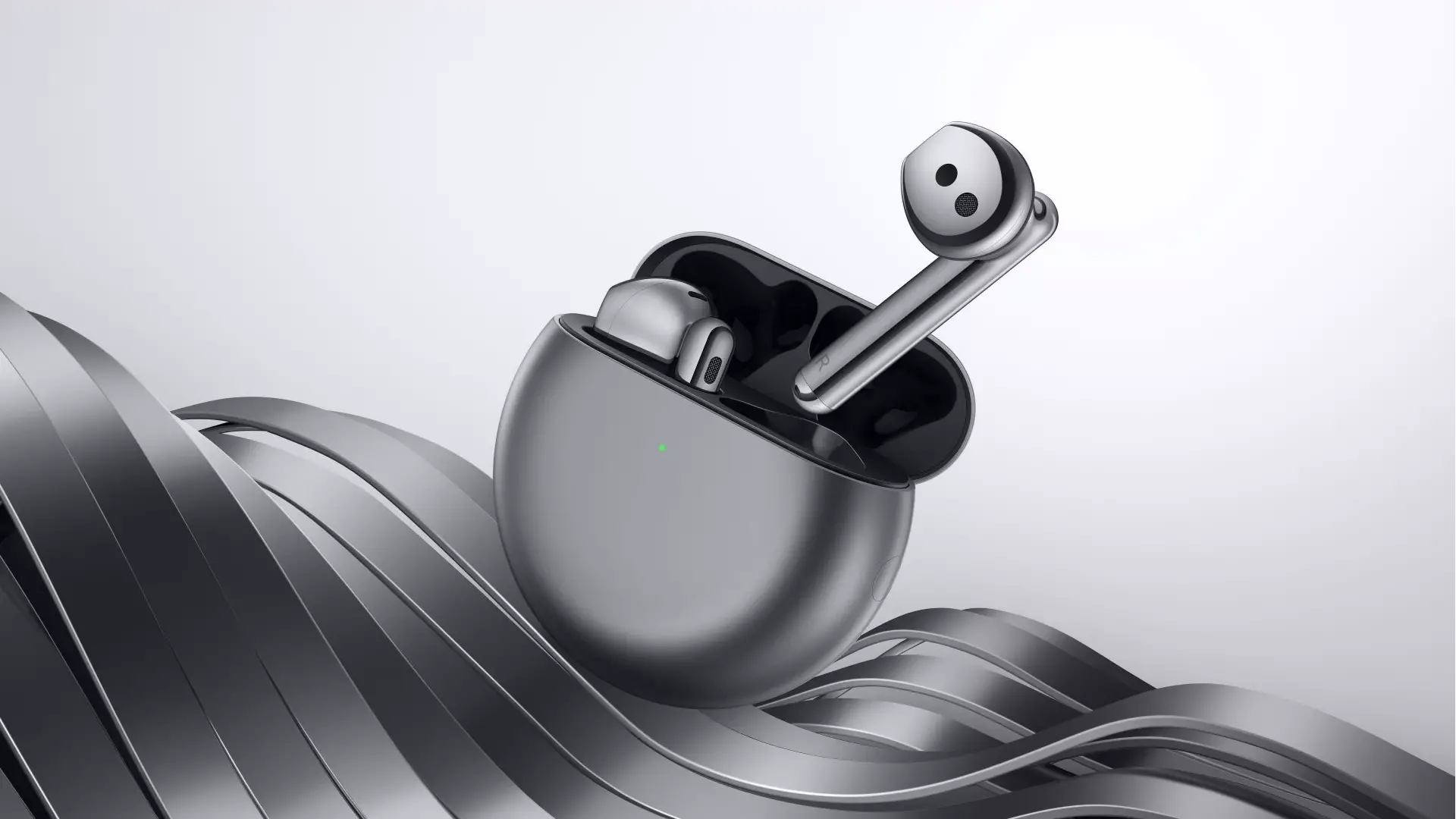 Huawei FreeBuds 4 Review
Huawei FreeBuds 4 Review
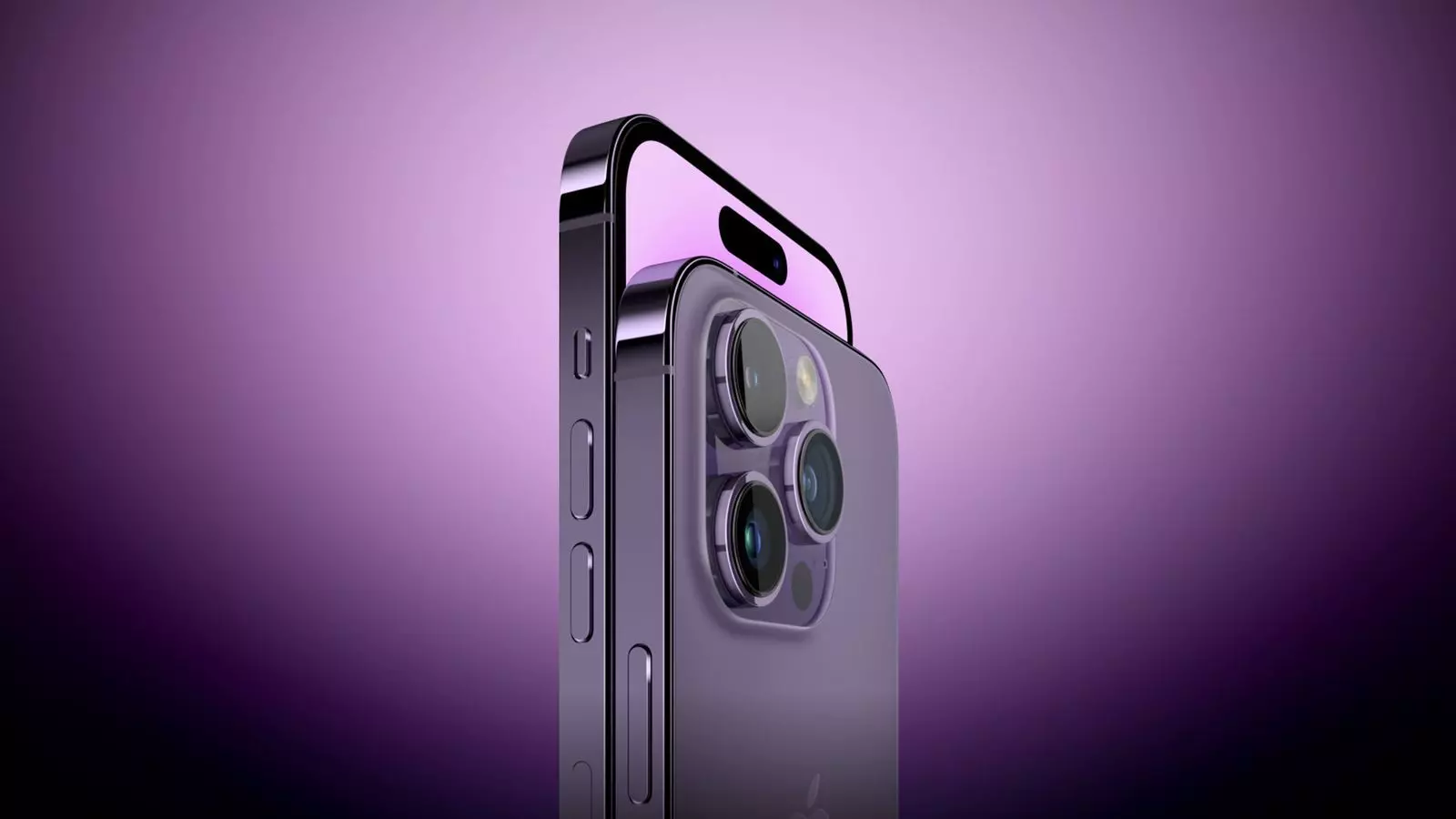 Apple iPhone 14 Pro Max Review
Apple iPhone 14 Pro Max Review

